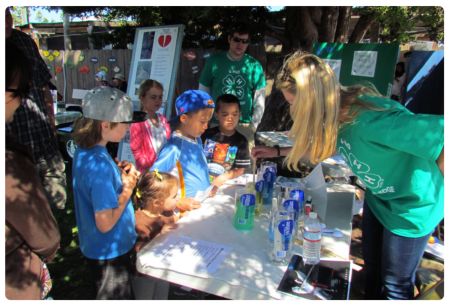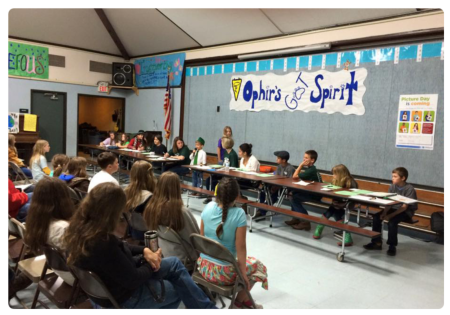Youth-Adult Partnerships

Youth-adult partnerships take place when youth and adults plan, learn and work together, with both groups sharing equally in the decision-making process. This dynamic is very different than many relationships in which adults take the leadership roles and youth are assigned inferior roles, or programs where youth make all the decisions while the adults sit back and watch. Instead, youth-adult partnerships build on the strengths of each group and the final program or activity is stronger than a program or activity devised and delivered individually by either group.
Youth-adult partnerships are sometimes slow to take root, however, as both youth and adults often have perceptions of the other group. Adults may see youth as undependable or too inexperienced, whereas youth often see adults as too bossy or too busy.
Research studies indicate that successful youth-adult partnerships require a variety of elements, including:
- Youth and adults share equally in the decision making process.
- Together, youth and adults achieve better results than either would if working alone.
- Roles for youth and adults are authentic and meaningful.
- Youth and adults learn together and serve as resources for one another.
- Each group is treated with respect and dignity by the other group.
The same research studies cite a wide range of strategies that can be used to support these basic elements. Some of these include:
- Adults and youth work together to determine roles, plan activities, set deadlines, create guidelines, and divide tasks.
- If voting is used for decision making, youth and adults’ votes count equally.
- Everyone feels comfortable enough to ask questions and express their ideas.
- Meetings are held when youth are out of school and meetings start and end on time.
- Adults offer transportation to youth to meetings.
- Both youth and adults are encouraged to contribute their unique strengths to the partnership.
Although not always easy or initially comfortable, employing youth-adult partnership strategies is an effective means of strengthening existing programs and increasing positive youth development outcomes.
Originally authored by Shelley Murdock, Contra Costa 4-H Youth Development Advisor
Youth-Adult Partnerships Resources:
- Making It Work: A Guide to Successful Youth-Adult Partnerships (2002) by the Texas Network of Youth Services.
- Youth Adult Partnerships: A Training Manual (2003) by the Innovation Center for Community and Youth Development, National 4-H Council, National Network for Youth and Youth Leadership Institute.
- Executive Summary: Youth-Adult Partnerships in Community Decision Making (2007) by Shepherd Zeldin, Julie Petrokubi, and Carole MacNeil.
- Youth-Adult Partnerships in Community Decision Making (2007) by Shepherd Zeldin, Julie Petrokubi, and Carole MacNeil.
Youth in Governance

Rather than perceiving youth as recipients of programs or services, youth in governance sees young people as resources (mostly untapped resources) to their communities.YIG is not a program, per se; rather, it is an overall approach to positive youth development. As such, YIG strategies can be infused into virtually any youth development program.
Research has shown that adults also benefit from the mutually respectful, mutually beneficial partnerships that arise from YIG. Likewise, organizations and communities benefit from youth participation and decision-making, as young people apply their unique skills, knowledge, and talents to solve problems and create new opportunities.
Many programmatic efforts, including youth in government, youth on boards of directors, youth leadership training, and youth service-learning activities, are considered youth in governance examples.
Originally authored by Carole MacNeil, former California State 4-H Director




